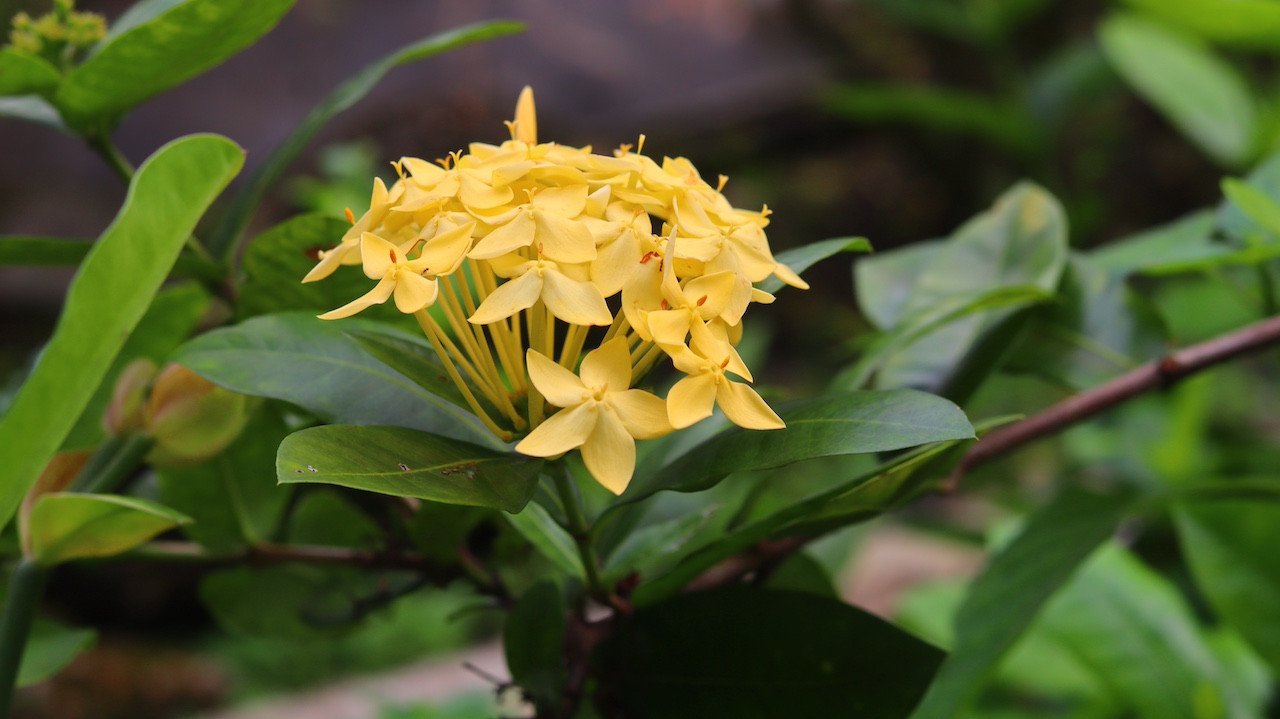Macro Photography Techniques for Beginners
Macro photography is the art of capturing highly detailed images of small subjects, such as insects, flowers, or other small objects. This technique allows us to see the world on an unusual scale and reveals the beauty hidden in everyday objects. For beginners, macro photography can seem challenging, but with a proper understanding of basic techniques and a few practical tips, anyone can start taking amazing macro photos.
Required Equipment
First, let's discuss the equipment needed to get started with macro photography. You will need a camera that can be manually adjusted to control settings such as aperture, shutter speed, and ISO. Macro lenses are the best choice for macro photography, but prime lenses with short focal lengths can also provide good results. In addition, a tripod will help maintain camera stability when taking pictures at high magnification.
Basic Macro Photography Techniques
The basic techniques that need to be understood in macro photography include lighting, focus and composition. Proper lighting is essential because small details in macro subjects require sufficient light to be captured clearly. Try using natural or additional light, but avoid too bright light that can create distracting shadows.
Focus is also an important aspect in macro photography. Due to the shallow depth of field, make sure to choose the right focus point on your subject. Use manual focus mode for greater control over your focus.
Composition is key to creating visually appealing macro images. Try playing with lines, patterns, and textures to create dynamic compositions. Also, feel free to experiment with unconventional shooting angles to give your subject a unique perspective.
Practical Tips for Beginners
For beginners in macro photography, there are some practical tips that can help improve your photos. First of all, choose a subject that is interesting and has interesting details to show. Flowers, insects, or other small objects often make great subjects for macro photography.
Additionally, experiment with depth of field to control how much detail you want to show in your image. A low aperture setting (high f-stop number) will produce a shallow depth of field, while a high aperture setting (low f-stop number) will provide a greater depth of field.
Finally, make sure to keep the camera stable by using a tripod when taking macro images. Since high magnification tends to make camera movement more visible, a tripod will help reduce vibration and produce sharper images.
Conclusion
Macro photography is the art of capturing small but stunning details of the world around us. Although it requires a little practice to master the technique, macro photography can be a very satisfying activity for beginners who want to explore their creativity in photography. By understanding the necessary equipment, basic techniques, and practical tips, you'll soon be able to take stunning macro photos with confidence.



















Comments (0)